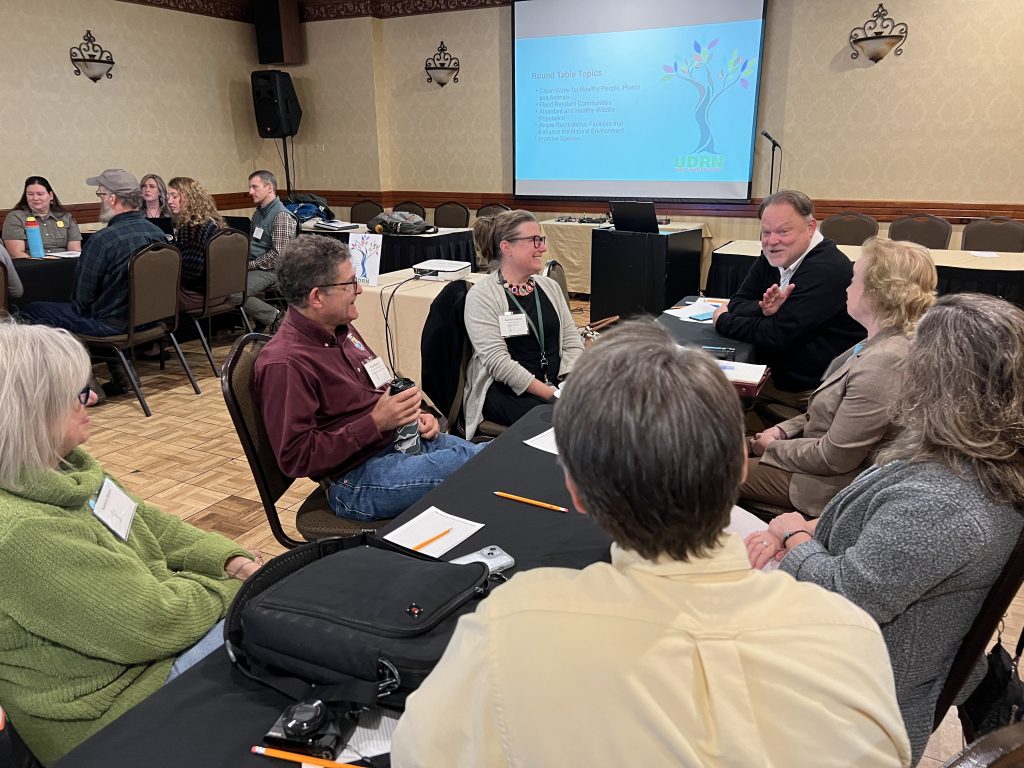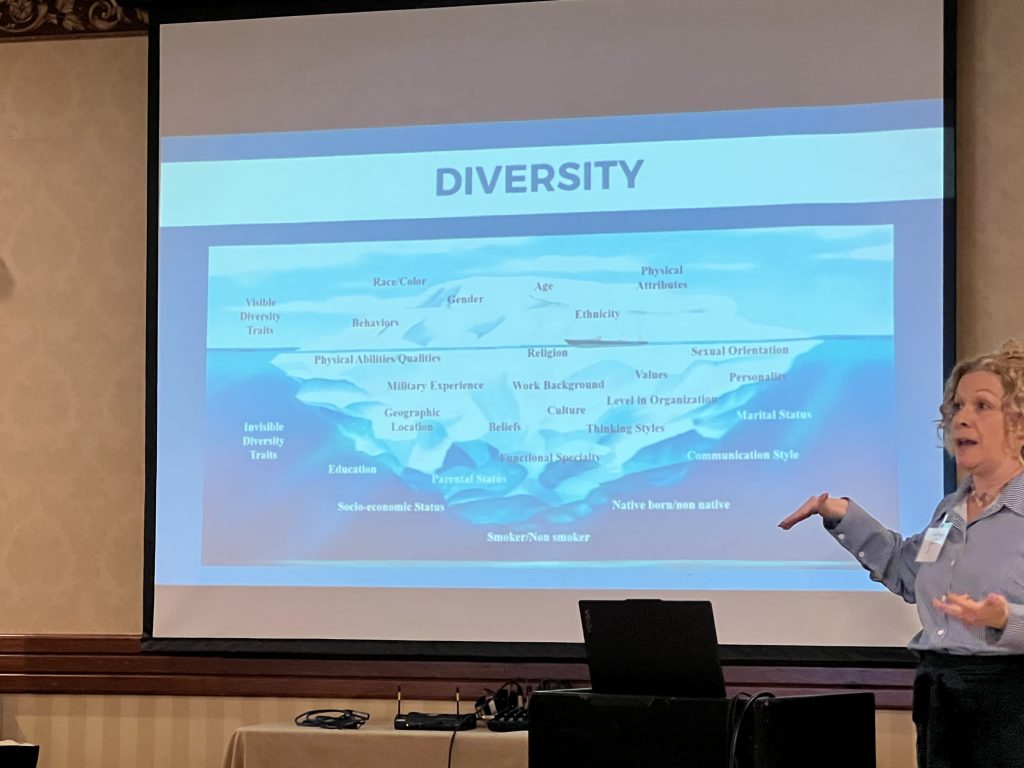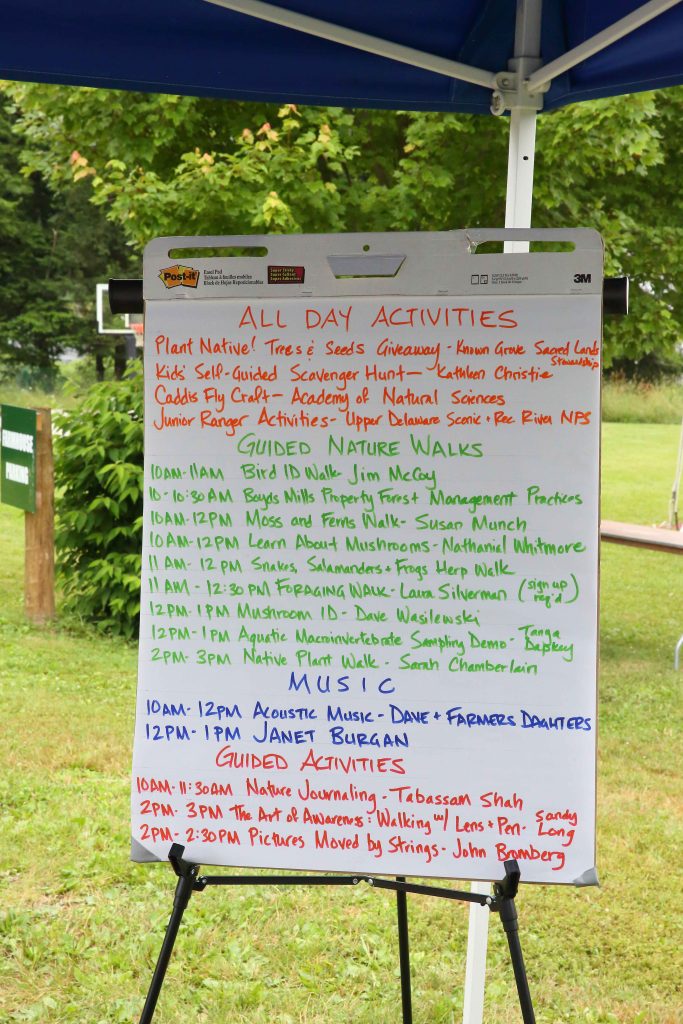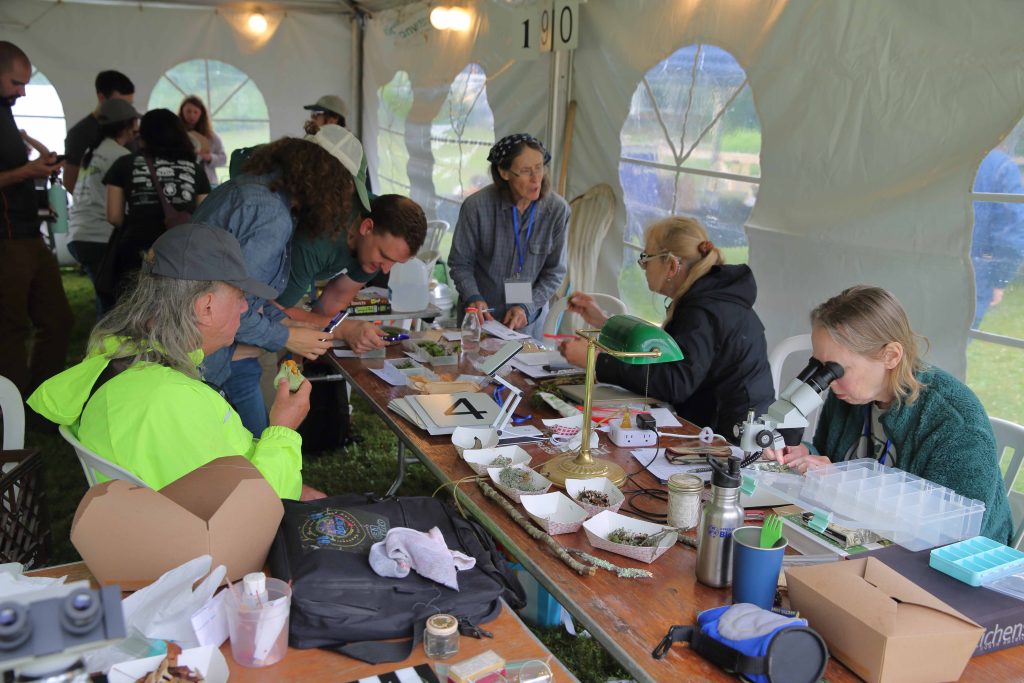
Planning for the future of the Upper Delaware at the River Rendezvous
| October 30, 2024
Funding, fish and friendly cooperation were some of the themes of the first River Rendezvous hosted by the Friends of the Upper Delaware on Oct. 16-17 at the Villa Roma in Callicoon, N.Y.
About 100 people from various local, state and federal agencies, academia, advocacy groups, municipal officials and, of course, anglers, attended to listen to experts on all sorts of watershed matters as well as to take part in conversations among friends as well as new acquaintances.
That last part might be at the heart of the Rendezvous: to bring together people with a shared interest in the upper Delaware ecosystem and introduce them to each other.
The only missing piece of the puzzle was Pennsylvania, which shares a border with New York on the Delaware River.
Jeff Skelding, the executive director of FUDR, explained that this event — and much of FUDR’s work on the ground — is supported by New York State funding. And, perhaps not in so many words, the lack of any Pennsylvania representation at the gathering spoke to the state’s seeming lack of interest in the Upper Delaware fishery.
Trout and the tailwaters
On the other hand, Chris VanMaaren of the New York State Department of Environmental Conservation spoke about a soon-to-be-released NY/PA Tailwaters Trout Management Plan that will chart the course for the next decade and beyond for both sides of the Delaware.
Enough water at the right time
Anglers were also keenly interested in the presentation on the four-decade-long struggle by the fishing community to modify the water release policies of the New York City Department of Environmental Protection, which was presented by Peter Kolesar, professor emeritus at Columbia University.
That struggle continues as the fishing community and the rest of the upper watershed keep a close eye on the reservoirs, NYCDEP and the threat of flooding from the closure of the Delaware Aqueduct.
New USGS technology


In another room, Christopher Gazoorian and Matthew Pajerowski, from the U.S. Geological Survey discussed the Next Generation Water Observing System in the Delaware River Basin.
NGWOS, as it’s called, is now a growing nationwide system of water monitoring that was initiated in the Delaware River Basin in 2019. In our basin, the focus is on salt, monitoring road salt as well as the ocean salt that can make its way up the river to where salty water can threaten the drinking water intakes of Philadelphia and American Water in Camden, N.J.
(Here is its work studying stream temperature in the Delaware River Basin and this is its work on water quality and quantity in our basin.)
DRBC tackles study of a toxic chemical

Beth Brown, the Delaware River Basin Commission’s director of external affairs and communication, presented on Trout and Toxics in the Upper Delaware, along with Jeremy Conkle, senior chemist/toxicologist, and Avery Lentini, community engagement specialist.
The specific chemical — 6 p-phenylenediamine-quinone (6-PPDq) — is shed from worn tires and is toxic to salmonid fish species, which includes trout. The DRBC is performing a first-of-its kind monitoring study in the basin to find out if it’s here, and if it is, exactly where and how much.
Delaware Engineering encourages municipal leaders to plan for the future

Municipal officials were keenly interested in the session on infrastructure, presented by Helen Burdock and Bill Brown from Delaware Engineering. Even without the aqueduct shutdown, severe storms can cause flooding, and ways to mitigate those effects are top-of-mind for counties and municipalities.
Recently, the federal money coming into the watershed from the Delaware Watershed Conservation Fund means governments have a chance to tackle solutions to those problems, which are usually beyond the budget of small cities and towns.
New coalition announced
And at the Rendezvous, the newest coalition supporting the protection and restoration of the Upper Delaware was announced — the Upper Delaware River Network, created with support from New York State. This coalition builds on past collaborative efforts in the upper river to address climate change, water quality, wildlife habitat and recreational opportunities.

The network is composed of a wide variety of watershed stakeholders. Its Community Advisory Group includes municipal officials and environmental advocates. It has a Technical Advisory Committee (for transparency’s sake, note that Delaware Currents is a member) and a Science Advisory Group, which boasts members from the U.S. Fish and Wildlife Service, Cornell University, the U.S. Environmental Protection Agency, the U.S. Geological Survey, Drexel University, the National Park Service and the Delaware River Basin Commission, among others.
Environmental justice in rural communities
There was a plenary session on environmental justice and what that means in a rural setting, which has its own distinct dynamics.

Karen Sastri, vice president and chief diversity officer for NBT Bank, offered a slide that can help illustrate what diversity can mean. She also offered a slide with a quote from Cynt Marshall, CEO of the Dallas Mavericks: “Diversity is about counting the numbers. Inclusion is about making the numbers count.”
Bioblitz 2024 brought scientists and families together
A presentation by Steven Schwartz and Don Hamilton gave a glimpse into this summer’s “Bioblitz.”
In a BioBlitz, scientists and amateur naturalists spend 24 hours (this year it was June 28-29) investigating and identifying every life form they can find in a given patch of earth. This year’s was at the Highlights Foundation Retreat Center in Boyds Mill, Pa.

One aim is, of course, to find all the species that live in this small patch of watershed. After that, the scientists share their findings with the public and especially with young people to spark their interest in the diversity of life and possibly an interest in studying science.

This is the list, of species found, which could be updated as scientist work on what they found.
And here’s an array of photos to capture the flavor of Bioblitz 2024:











